- Joined
- Nov 9, 2014
- Messages
- 22,424
- Reaction score
- 34,846
Coral/Invert Quarantine Time Frames
Preface: The purpose of this article is to outline time periods required to properly quarantine (QT) marine corals & invertebrates. While unable to host ectoparasites the way fish do, corals/inverts are still able to “carry” fish diseases in one of two ways:
- Free swimmers inadvertently attached if the coral/invert was taken from infected water.
- Tomonts encysted to the animal, which can occur if the coral/invert was previously housed in an infected tank.
The information contained in this article only takes fish diseases into consideration, as discussed here: https://www.reef2reef.com/ams/how-to-quarantine-coral-and-inverts.228/
It DOES NOT take coral specific pests into account, such as Red Planaria, Acropora Eating Flatworms (AEFW) and Montipora Eating Nudibranchs. In most cases, these threats can be dealt with by using a coral dip (e.g. CoralRx) upon receipt and then placing the coral into a dedicated QT for observation. The point of post dip observation is to watch for hatchlings that emerge from eggs, which oftentimes coral dips do not eliminate.
It DOES NOT take coral specific pests into account, such as Red Planaria, Acropora Eating Flatworms (AEFW) and Montipora Eating Nudibranchs. In most cases, these threats can be dealt with by using a coral dip (e.g. CoralRx) upon receipt and then placing the coral into a dedicated QT for observation. The point of post dip observation is to watch for hatchlings that emerge from eggs, which oftentimes coral dips do not eliminate.
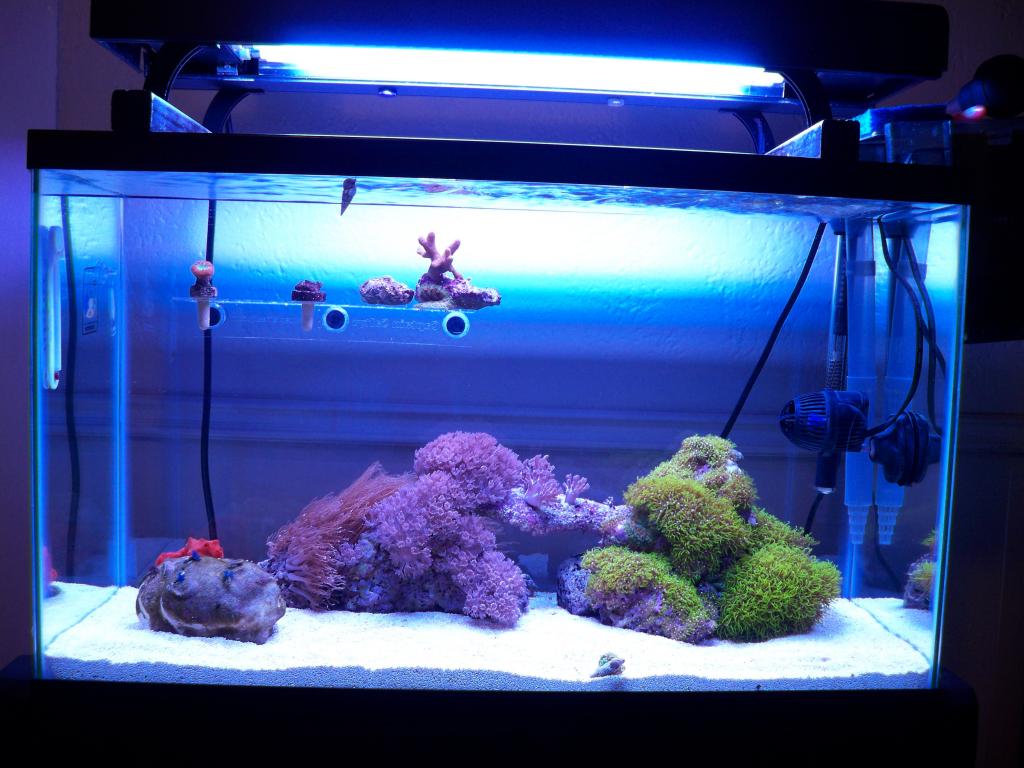
A simple coral/invert quarantine tank.
Free Swimmers: This is the infective stage, which propels through the water seeking fish to infect. However, it is possible for this free swimming stage to come into contact with any coral/invert and remain there. Especially if it has become weakened (unable to swim) or damaged in some way. A free swimmer could then hitchhike its way into your Display Tank (DT) if you were to buy an “unlucky” coral/invert. There are two ways of alleviating this threat:
- Due to weak adherence, a simple rinsing (using tank water) should wash away any potential free swimmers. However, some animals (like anemones) absorb a lot of water, so Option #2 may be better:
- Isolate the coral/invert to a fishless environment (e.g. frag tank) for 16 days. Ich free swimmers (called theronts) can remain infective for only 48 hours; however velvet free swimmers (called dinospores) can use photosynthesis for energy and thus can survive for up to 15 days without finding a fish host to feed upon. In both cases, denying the pathogen a fish host is key to breaking its life cycle.
Tomonts inevitably rupture and release free swimmers (previously discussed) into the water. When a free swimmer fails to find a fish to feed upon, it starves to death. How long this entire process takes, and thus how long you must QT a coral/invert, is what I will discuss below.
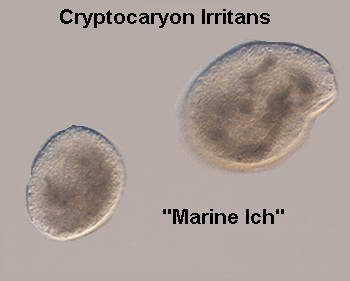
Could this be on a new coral or invert you just purchased?
In most cases, 45 days worth of isolation will eliminate most threats. This includes velvet, brook, flukes, bacterial infections and all but one strain of ich. In a 1997 study (Colorni and Burgess) it took 72 days for all the theronts to be released from a group of tomonts. However, that study has been the subject of debate, because the longer excystment period occurred at 20C (68F), and it is possible that lower temperature slowed down the parasite's life cycle. More on this can be found here: https://www.reef2reef.com/threads/marine-ich-and-temperature.232825/
In any case, the Colorni and Burgess study directly influenced the “76 day rule” (explained here) – which is the widely accepted fallow (fishless) period to rid a DT of marine ich (and all other diseases except Uronema marinum.) Therefore, 76 days worth of isolation in a fishless environment is also the safest time frame to QT all corals/inverts. However, whether you choose to QT for 45 or 76 days really comes down to your tolerance for risk. There are always exceptions to every rule, so let's break down exactly how long you need to QT various corals/inverts:
* Whether to isolate to a fishless environment for 45 or 76 days comes down to your tolerance for risk. Obviously, a longer QT period is always better from a disease prevention standpoint.
** Starfish & sea urchins cannot carry the encysted stage (Peter Burgess 1992).
*** Use a coral dip (e.g. CoralRx) to eliminate any hitchhikers or tiny crustaceans, such as pods.
(a) Or until first molt is observed. Any tomonts will be on the shedded exoskeleton.
(b) LPS & SPS both have stony components that tomonts can easily adhere to. Most soft corals contain sclerites (skeletal needles) which they use for absorbing calcium. Zoas often come on a small rock or coral plug, both of which a tomont could encyst upon.
(c) No available information on these (and others not mentioned above), so best to play it safe and QT for 76 days.
Note: The information contained in the chart above was mostly derived from Dr. Peter Burgess 1992 thesis: https://pearl.plymouth.ac.uk/bitstream/handle/10026.1/2632/PETER JOHN BURGESS.PDF?sequence=1
The table (below) was taken from that publication and to my knowledge, is the only time Cryptocaryon attachment and cyst development has been studied on corals & inverts.
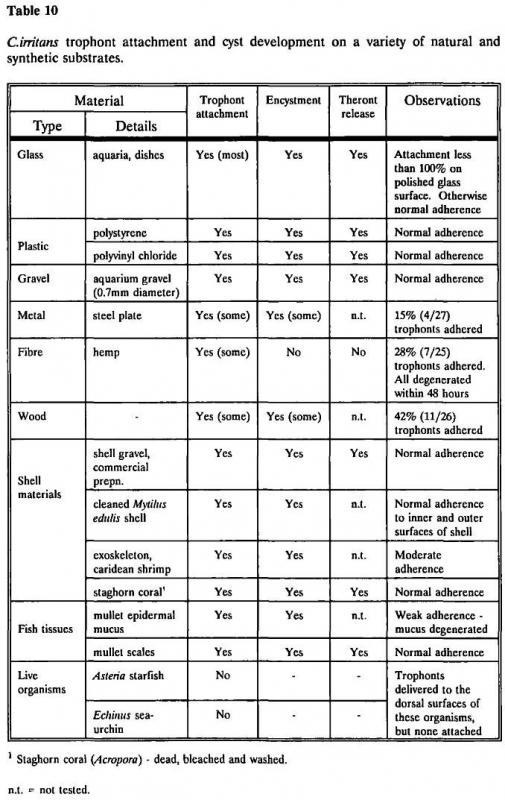
Quarantine these just as you would a fish:
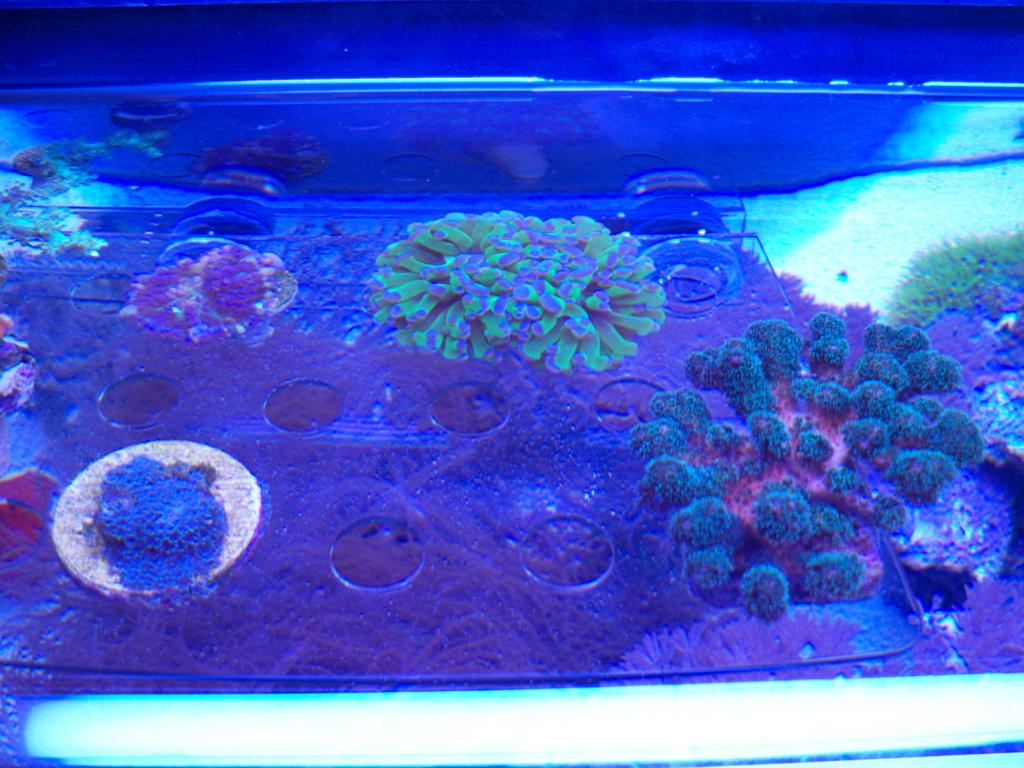
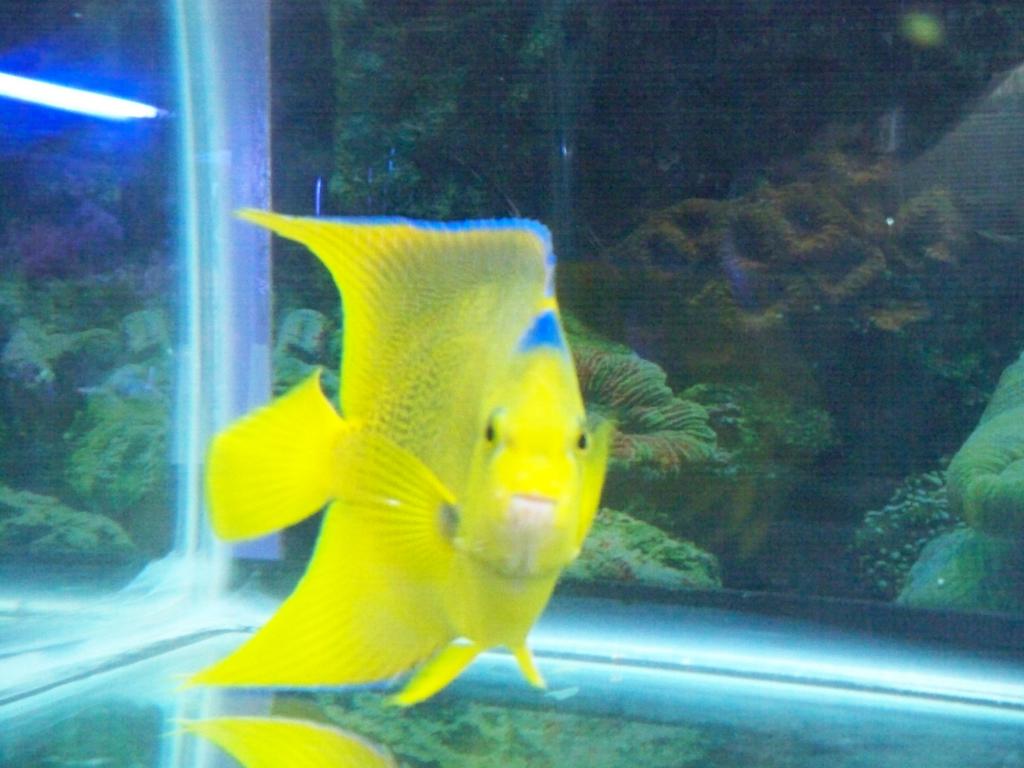
Last edited:



















